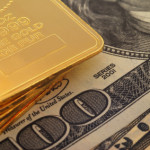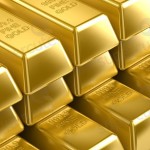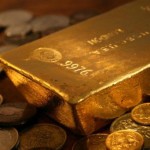In an Official Monetary and Financial Institutions Forum (OMFIF) report commissioned by the World Gold Council (WGC), it was projected that demand for gold would likely rise in 2013 as the world shifts toward a multi-currency reserve system due to the instability of both the United States dollar and the euro.
Many central banks across the globe are expected to increase their interest in acquiring gold. Some of the reasons include the uncertainty of reserve currencies, the Chinese renminbi becoming an indisputable international currency and the dollar sharing its “pivotal role” with a basket of currencies, the analysis stated.
Due to China’s gradual economic ascension, the global economy is projected to rebalance. Even though the OMFIF analysis suggests the rise of the renminbi does not pose any threat to the U.S. dollar, reserve holders are believed to “spread their investments into a relatively wide range of assets and sectors.”
The report noted that it does not expect for the world to return to a gold standard, but that does not mean gold will not be a major factor in the global market system. Gold will, according to the report, garner renewed and enhanced interest from both policymakers and financial experts.
“The report makes a substantial contribution to the debate around the global transition to a multi-currency reserve system, with important implications for reserve asset managers,” said Natalie Dempster, WGC Director of Government Affairs, in a press release. “We are already seeing many of the world’s central banks increase the allocation of their reserves to gold and this report points to an acceleration of that trend.”
Prices are also expected to increase significantly over the next two-year period. John Hathaway, portfolio manager at New-York based Tocqueville gold fund, wrote in his latest investment commentary that gold stocks will surge as high as 90 percent in 2013. Meanwhile, Jeff Clark of Casey Research wrote in November that gold is slated to soar to $2,300 by Jan. 2014 and $2,500 by the end of 2014.
Economic Collapse News reported in November that a dollar collapse was possible because there are other currencies competing for world reserve status. According to the International Monetary Fund’s (IMF) Composition of Foreign Exchange Reserves survey, there is strong consideration to classify the Australian dollar and the Canadian loonie as reserve currency assets. The official list of recognized reserve assets will now be pegged at seven: the U.S. dollar, euro, Japanese yen, Swiss franc, British sterling, Australian dollar and Canadian dollar.
At the time of this writing, gold is up $5.70 at $1,666.30.





Leave a Reply